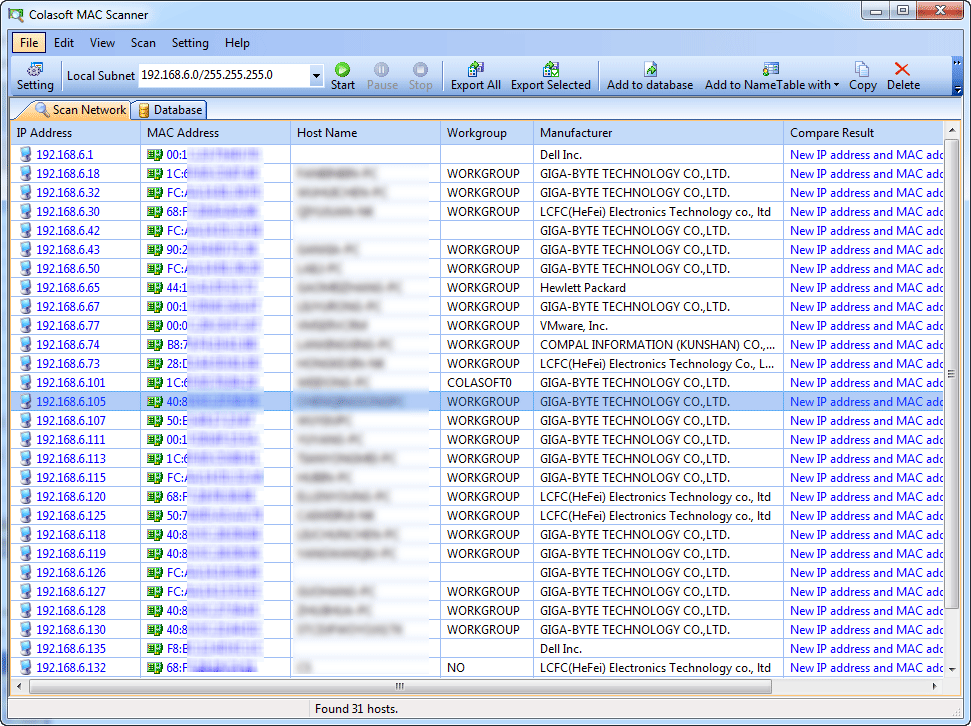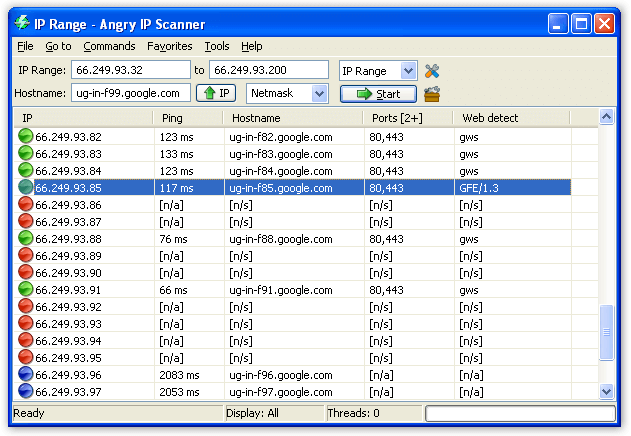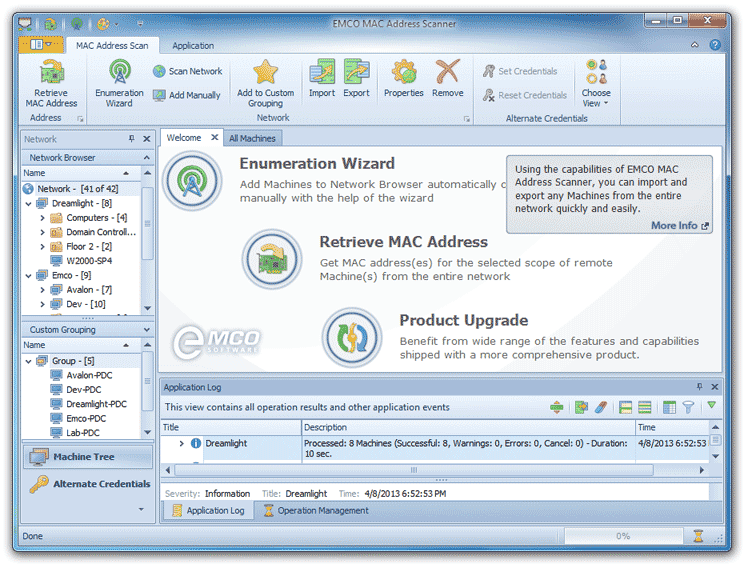
SolarWinds IP Address Manager (Free Trial)ĥ.SolarWinds Network Performance Monitor (Free Trial)Ħ. SolarWinds User Device Tracker (Free Trial) How to Find All IP Addresses on a Networkġ.

With more devices comes more risk of networking complications and potential breaches-especially given the BYOD (Bring Your Own Device) trend, which allows employees to connect to company Wi-Fi via their personal mobile phones and laptops. As the Internet of Things (IoT) continues to endow more and more devices with smart capabilities, networking grows more complex, making IP-centered network security measures a business imperative. I'm specifically trying to figure out where they are stored on my system.Amid predictions that 75.44 billion devices will have internet connectivity by 2025, IP address management has become a fundamental housekeeping and security concern for any networking admin. Please note that I am NOT asking how to hide the information or anything else. Where on my system are these dead entries stored? to monitor the API calls, but I still cannot figure out where this information is coming from. but the entries are nowhere to be found.įurthermore, I've even tried using Process Monitor, API Monitor, etc.

I've searched the registry, the files in my \Windows folder, the application's files, etc. The fact that this information persists across reboots and network disconnections implies it has to be stored somewhere on my computer itself.įor the life of me, I cannot figure out where these entries are stored. not in ipconfig /displaydns, not in arp -a, not anywhere else.

I don't see this information anywhere else. This wouldn't be so weird if it weren't for the fact that I still see these even if I disable my network card, clear my DNS cache, and reboot while still disconnected from any network. Specifically, I can see the devices' last-known host names, NetBIOS names, IP addresses, MAC addresses, and even manufacturers. Advanced IP Scanner has the ability to show "dead" entries-devices that were at some point visible on the network, but which are no longer reachable.


 0 kommentar(er)
0 kommentar(er)
